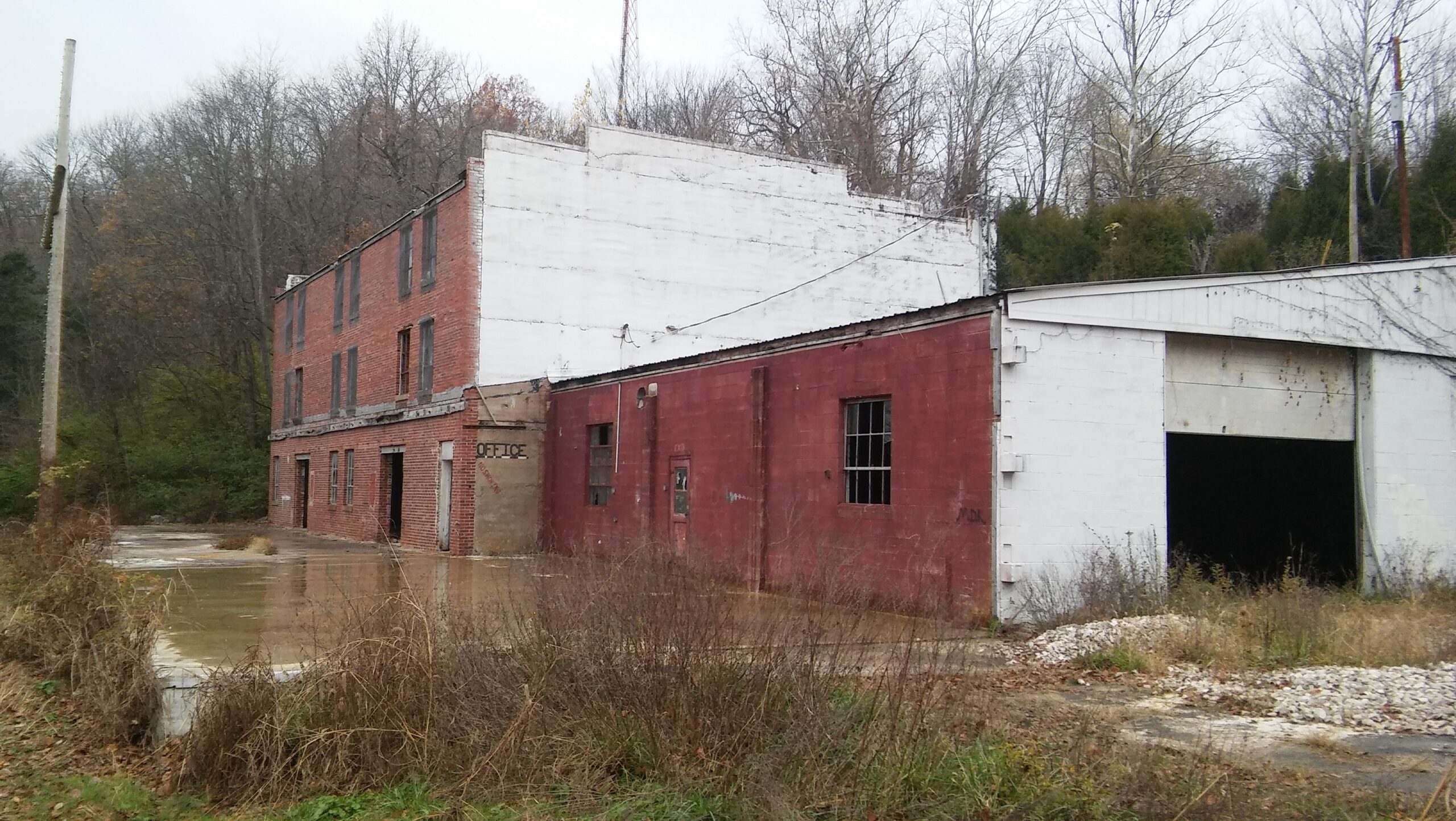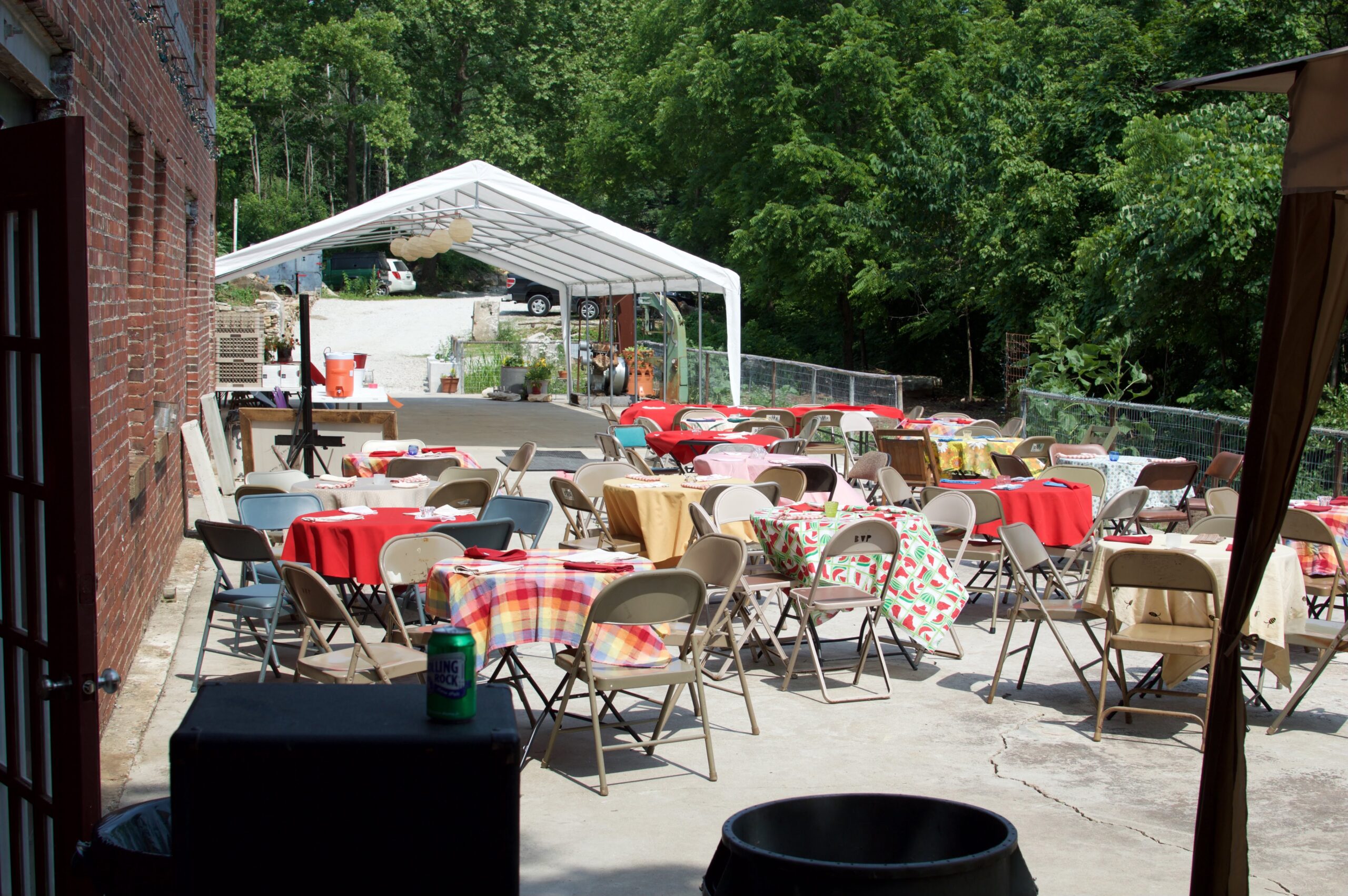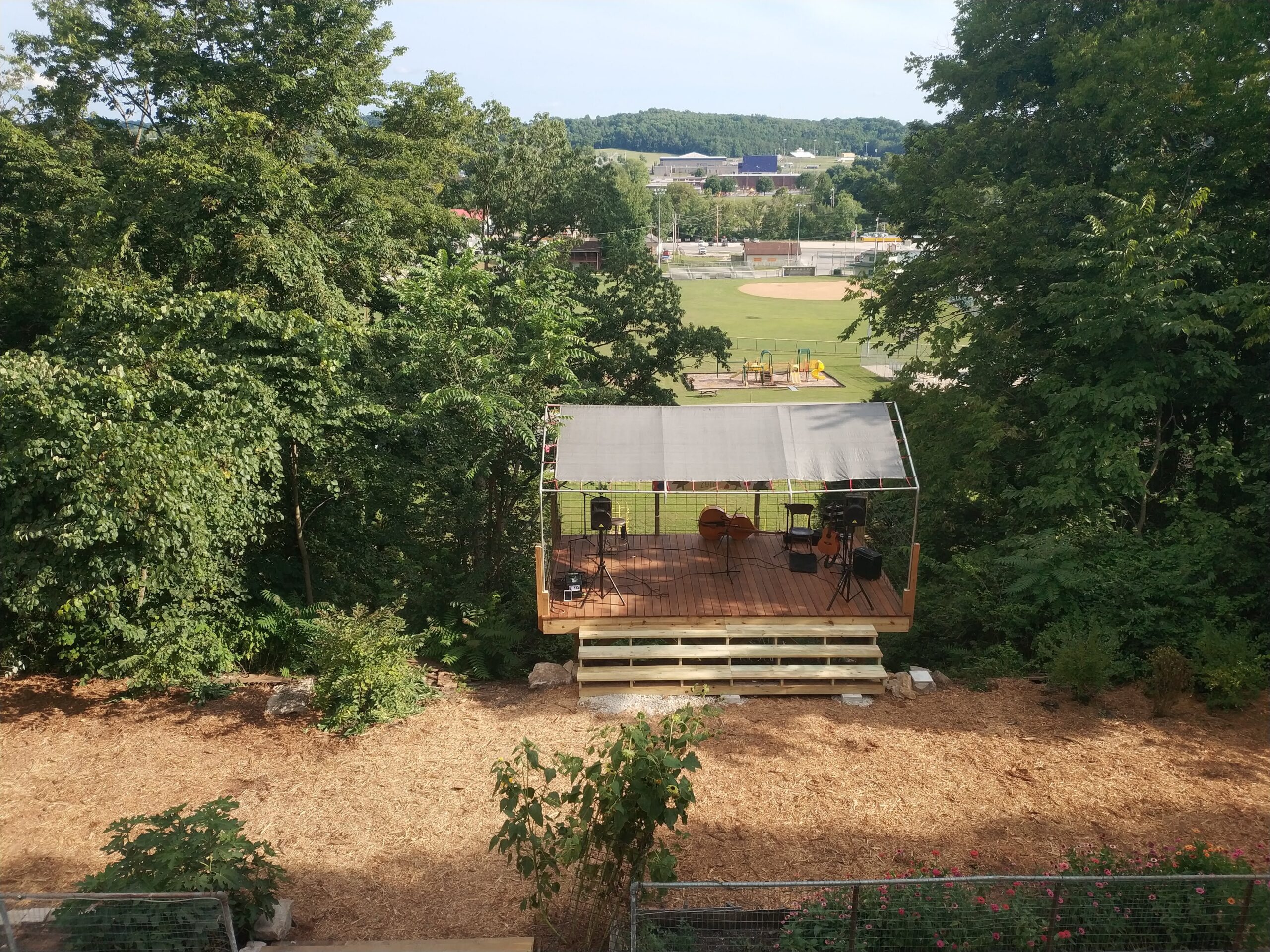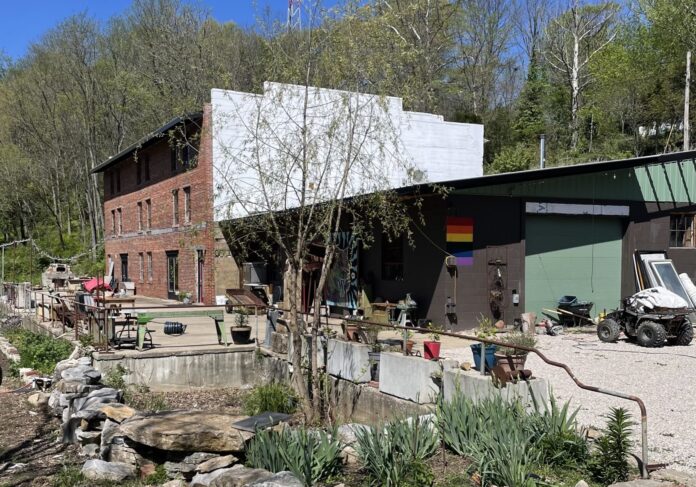Carol Johnson, Southern Indiana Business Report
Six organizations in the Radius Indiana region will work with Indiana University this summer on projects that will enhance public art and placemaking in their communities.
A partnership between the IU ServeDesign Center at the Eskenazi School of Art, Architecture + Design and the Center for Rural Engagement, the Rural Placemaking Studio will connect IU faculty and students with rural residents who seek to enhance their communities through art and design.
Projects submitted by groups in Daviess, Orange, Martin, Greene and Washington counties were approved. A total of 13 projects in rural communities were chosen.
One of the area projects will create architectural designs for a public event space at the historic Tomato Products Co. building in Paoli. A Martin County effort will work with downtown businesses in Shoals to bring new signage downtown, design a future splash pad and create a welcoming sign for the town of Crane. Linton’s Main Street organization will activate an alley to provide a walking path from First Street to Main Street.
Tomato Products Co.
Andrew Gerber and Kara Schmidt, co-directors of the nonprofit Black Vulture Project, are excited about working with the Eskenazi School on a design for a historic Paoli building that used to produce tomato juice. The Black Vulture Project focuses on art and education. Some of its projects include the Paoli Fest, a music and arts festival, and has worked with the Lotus Education & Arts Foundation to bring unique musical performances to Paoli.

Black Vulture Project will work with the IU students on a design that will transform the Tomato Products building into a public venue space.
Gerber and Schmidt have owned the building for eight years. He said it’s come a long way from when they first bought it and the property was so overgrown it resembled “a museum of invasive plants.”
“Just clearing the property was a full-time job,” he recalled.
The tomato juice factory on Thornton Street operated from 1913-1941. After it closed, it became a cabinet-making business.

Getting an abandoned industrial building to a point where it could be usable has been more work and taken longer than Gerber anticipated, but now he and Schmidt feel like they are at the starting line to finally move their vision for the building forward.
“It’s been so chaotic, it was hard to translate a vision for a space that was so neglected,” Gerber said. “In the last eight years, it’s taken lots of love, sweat and blood to get to a place where we could partner with the IU Center for Rural Engagement and Eskenazi School. Now is the time to do that.”

Martin County projects
Jessica Potts, executive director of the Martin County Alliance for Economic Development, said some downtown Shoals businesses either have no signage or their signage is small. And there is no signage promoting downtown to motorists traveling through Shoals on US 50.
“We’d like to implement signage to let you know the businesses that are downtown,” Potts said.
The initial process will include some brainstorming and community collaboration on the design.
Crane will have a community meeting May 9 and Shoals will have a community meeting May 1 at the Alliance office in Loogootee. The IU students will also work with Shoals residents on a design for a future splash pad.
What is creative placemaking?
Selected projects include murals, wayfinding signage, architectural and park design, and downtown revitalization efforts. The Rural Placemaking Studio will support community feedback sessions, develop a scope of work and create designs the community will implement on a timeline that fits the project. Students studying comprehensive design, creative placemaking and community arts engagement will work with communities through the summer alongside Racek and the Center for Rural Engagement team.
“Creative placemaking in a rural community is more than painting a mural,” said Jon Racek, program director of comprehensive design and director of the ServeDesign Center, in a press release. “Placemaking can make a physical marker to a sense of shared memories and deep connection to a place. It is through placemaking that rural communities can cultivate their unique identity and turn their downtowns into vibrant hubs of cultural heritage and local pride.”
The Rural Placemaking Studio builds on and expands a partnership between the Center for Rural Engagement and the Eskenazi School that installed studio art graduate students in four rural Indiana communities during the summers of 2019, 2021 and 2022. The Rural Artist Residency program placed 10 MFA students in Paoli, Huntingburg, Nashville and Salem over a six-week session each summer to create art and integrate themselves into each town’s artistic ecosystem. The artists exhibited their work for the community at the culmination of the residency.
In addition, numerous Eskenazi School faculty and students have worked through the ServeDesign Center with support from the Center for Rural Engagement to lead placemaking initiatives in numerous southern Indiana towns. With robust engagement from community members throughout the process, Eskenazi artists have completed murals and other downtown activation strategies in Huntingburg, Holland, Salem and Jasper.
“We’re thrilled to continue partnering with CRE and our Indiana communities to improve quality of life,” Eskenazi School Founding Dean Peg Faimon said. “Our students tell us that their experiences connecting in community have been an invaluable complement to the training they receive in the studio.
“The experience has allowed them to engage with Hoosiers — individuals, business owners and government officials — to identify needs and concerns, and formulate creative solutions. It’s a gratifying service opportunity and tangible demonstration of the use and value of an art and design education.”
The state of Indiana has identified quality of place as a key focus area for state and federal support through programs like the Regional Economic Acceleration and Development Initiative. Counties in the Indiana Uplands region, where IU Bloomington is located, have each completed a quality-of-place and workforce-attraction plan in collaboration with Regional Opportunity Initiatives. Creative placemaking promotes inclusive public spaces, cultivates a sense of belonging, preserves and enhances natural and cultural resources, and supports economic development.
“A strong quality of place is critical to the vitality of our rural communities and our entire state,” said Denny Spinner, interim executive director of the Center for Rural Engagement. “Through the Rural Placemaking Studio, communities can leverage the creative strengths of IU students and faculty to enhance their unique local assets, increasing hometown pride, and attracting new visitors and residents.”
2024 Rural Placemaking Studio projects include:
- Black Vulture Project in Orange County, which is renovating the historic Tomato Products Co. building along the former Monon Railway in Paoli. It will also create architectural designs for public events space.
- The City of Charlestown in Clark County, which will create a pocket park alongside Short Street that includes creative seating, lighting and art. The pocket park will be across the street from City Square, which hosts events and fairs throughout the year.
- The Daviess County Economic Development Corp., which will create a photo-op station in front of the newly finished “Greetings from Washington” mural.
- Discover Downtown Washington, which will map and design renderings of wayfinding signage to connect people to attractions throughout the cities and towns of Daviess County.
- INergize Linton in Greene County, which will activate an alley to provide a walking path from First Street to Main Street. The goal is to connect the Linton Public Library and the Carnegie Heritage & Art Center to the downtown business district of Main Street.
- The Martin County Alliance for Economic Development, which will design a splash pad along the riverfront and create cohesive signage and storefront branding for businesses. This will include innovative signage downtown to promote local business in Shoals, Indiana, as well as a welcome sign for the town of Crane.
- The Pekin Community Betterment Organization in Washington County, which will design a mural on the exterior walls of the shelter house in a local park.



